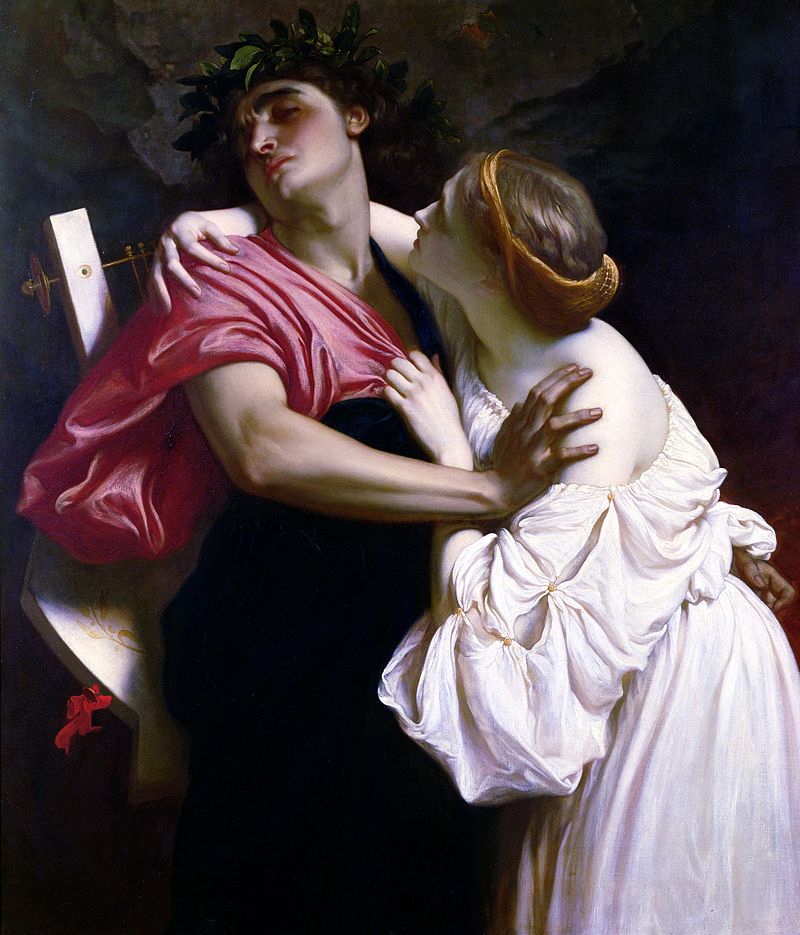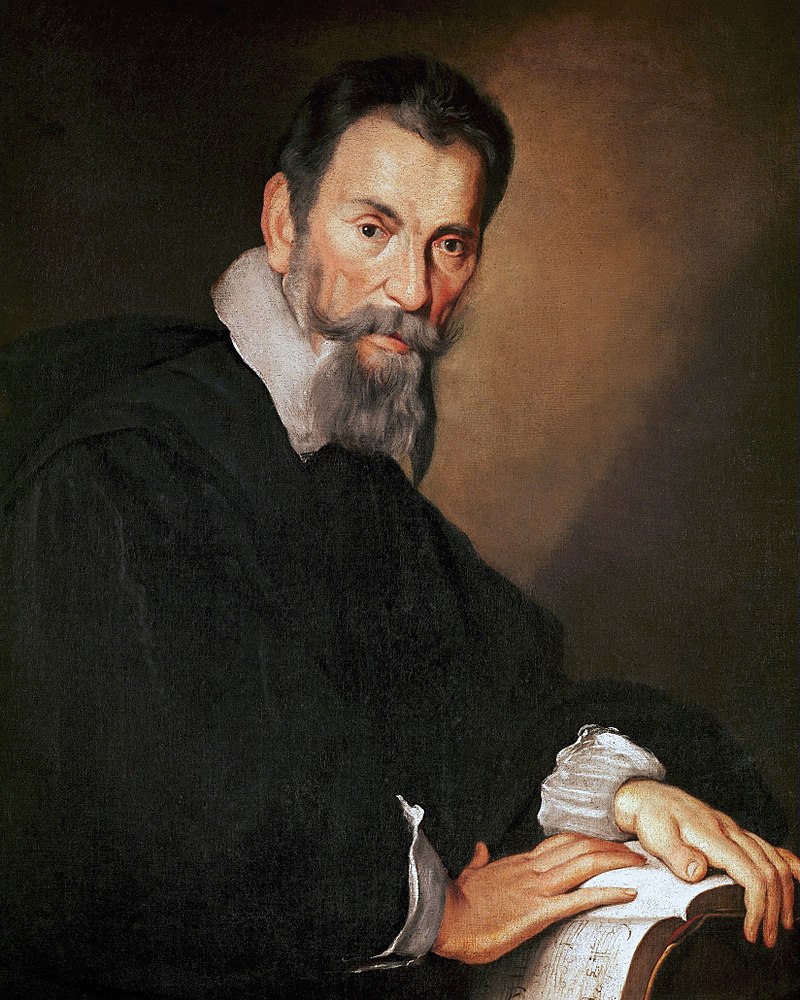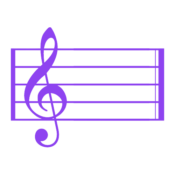Table of Contents
Introduction
In this article we will talk about the context of birth of the Opera (otherwise called Melodrama). We will start from historical considerations to gradually understand that the emergence of such a musically complex style was not sudden, but required a long preparation that lasted several centuries.

When was opera born?
The Opera was born between the sixteenth and seventeenth centuries: in fact, it is only around the end of the sixteenth century that we begin to speak properly of Melodrama. In these years there were complex stylistic changes that continued in the following century: the novelty of the Opera was to establish itself as a gigantic, articulated machinery that involved composers, librettists, costume designers, singers, instrumentalists, set designers, dancers etc. in a single theatrical representation.
The Historical Context
The theatrical arts of the sixteenth century had long been reconnecting with the models of classicism, examples are Orfeo di Poliziano (1480), the first literary work of profane content, or the tradition of Arcadia, which idealized the aristocratic environment by placing it in a bucolic context rich in allusions to classical mythology. At the end of the sixteenth century, strongly convinced that in ancient times tragedies were entirely sung, the librettist Ottavio Rinuccini and the musician Jacopo Peri were inspired by the classical models to compose a Dafne (1598) then represented in Florence. Today we take it for granted that classical tragedy was not entirely sung, but in the Renaissance knowledge about Antiquity was embryonic and often contradictory. In any case, this is the first composition in the History of Music that we can consider an opera in the modern sense. But the Opera in the Music of the sixteenth century was something very different from what we imagine today: for all the centuries between the sixteenth and eighteenth centuries, deaths on stage were very rare; moreover, the performances took place mostly in private, usually in aristocratic environments. We talked about the birth of the first theaters conceived for the public representation of opera in music in a previous article, which you can find here.
An Opera For Aristocrats
The sets of the court operas were spectacular and sumptuous; the public was very selected, and the client invited a small circle of selected people to earn from them honour and prestige. To advertise the work to the aristocrats, in addition to the private invitation, the press was often used, which was then reserved for the wealthy. For these reasons the set-ups were very expensive, especially if compared to the small audience and the fact that there were no replicas: the shows were represented only once, they were born and died in a single event. Orfeo di Monteverdi, represented in 1607, was a rare exception because it was in effect replicated: the reason was linked to the room in which the exhibition took place, too narrow to contain the desired number of guests.

The Historiographical Legacy
Unfortunately, the complete score of Daphne has not survived to the present day: for this reason when we want an idea of the compositional genius of Jacopo Peri we cite the subsequent Euridice (on a libretto, also in this case, by Rinuccini). Below you will find the complete listening of the work.
Orpheus By Claudio Monteverdi

Similar to Peri ‘s Eurydice is Claudio Monteverdi’s Orfeo : the only difference between the librettos of the two operas is in the adherence to the themes of classical mythology, more pronounced in Monteverdi than in Peri. We will talk in more depth about this masterpiece in the monograph dedicated to the author: however, I want to propose a listening because it is one of the very first works that the court of Mantua, in the wake of the Florentine success, takes care of and represents in a room of the Doge’s Palace: on that occasion, each of the participants was given the libretto of the opera, so that he could comfortably follow its contents. Below you will also find a reduced score on the piano so that you can play this work comfortably seated on your instrument. I highly recommend this practice, very popular with Vladimir Horowitz, because the study of operatic languages is a fundamental step to gaining skills in the art of obtaining a cantabile sound, improving the touch general and structuring your mindset on unusual writing for the strictly piano repertoire. If you order the score from the banner below, a small percentage of your purchase will go to support this blog:
Opera between the eighteenth and nineteenth centuries
Between the eighteenth and nineteenth centuries is Gioachino Rossini the person who looks at the two centuries with an anti-romantic attitude: he will renew the opera with a still classical language. He manages to improve the language of the eighteenth century showing that, if he had wanted, he could have perfectly entered Romanticism. Just think of William Tell, where there is a people, there is Switzerland, there is nature, there are in other words all the elements of Romanticism. Instead, he stopped writing in his last years, when he could have joined the group of romantics, and instead of writing music he was a chef in Paris and took care of his drawing rooms. But the masterpieces of maturity are the Petite Messe Solennelle and the Stabat Mater, the comic operas and in general all the theatrical production of previous years. In Italy the main romantic opera artists are Bellini and Donizetti, think of works like the Puritani, like Norma, where there are all the themes dear to the romantic universe: there is the night, there is the idea of madness; let’s take Lucia di Lammermoor again, the woman who kills the one who was forced to marry on her wedding night. In Donizetti there is a great production of works that reproduce real genres ranging from farce to semi-serious opera, we think of Don Pasquale, the Elisir D’Amore which is a kind of farce, but there is the theme of romantic love. Bellini, on the other hand, writes very little, four operas that have remained in the repertoire. Bellini was born in Catania and Donizetti was born in Bergamo, but if Rossini in Pesaro realizes the unification of Italy before political unity, putting almost the entire world of music lovers in an agreement under the banner of deserved recognition, with Donizetti and Bellini it no longer makes sense to talk about local schools: these are romantic musicians in all respects. Our Verdi is no less romantic than Wagner, but Verdi’s romanticism is linked to the times of revenge, of love in an overwhelming dimension, which rhymes with death: we think of Traviata, Trovatore and the themes of revenge that are found in many of his works. The historical themes that have to do with local romanticism, think of Nabucco and Rigoletto, are gradually crowned by the theme of revenge up to the works of maturity such as Simon Boccanegra. Verdi, who does not have a comic temperament, gets to the threshold of eighty years before writing an absolute masterpiece like Falstaff, an ironic work that refers to the “whole world is a joke” of the great Shakespeare. Verdi, who all his life aspired to write an opera about madness, King Lear, never succeeded. Wagner is a whole other world because Verdi still keeps the forms closed, air, recitative, while Wagner goes towards the work of art of the future, no longer classical myths but Nordic myths, Ondine, the Rhine, the myths of the German world from the Flying Dutchman to his absolute masterpiece which is the Parsifal, with the medieval theme of the Holy Grail. Allusions to Norse mythology are also found in Tristan and Isolde or in the cycle of four works collected under the title tetralogy or Ring of the Nibelungen. Wagner, who is librettist of his own works first writes a dramaturgy and then writes his own works. To overflow in the theatre of Wagner is the German theater of Carl Maria Friedrich Ernst von Weber, while the romanticism of Bellini and Donizetti will result in that of Verdi.
Conclusions
A chapter to be opened would be that of the romantic work French in the nineteenth century, but for this article we must stop here. Do not forget to subscribe to our blog through the pop-up email form, or to book a private lesson through the button at the bottom right if you want to deepen the content of this page, or take lessons in one of the protagonists of this blog. We will have the opportunity to talk in detail about the operatic scores in the Musical Analysis section: do not miss the next news, see you in tomorrow’s article!
- History Of The Piano – The Fortepiano - July 12, 2022
- Curt Sachs – History Of Organology At a Glance - July 8, 2022
- Giuseppe Verdi – Rigoletto, Il Trovatore, La Traviata - June 29, 2022
